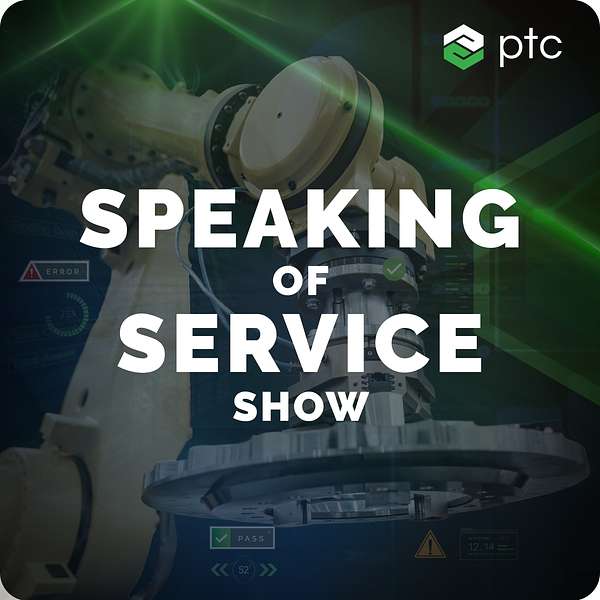
Speaking of Service
Speaking of Service uncovers practical ways to grow service revenue, control costs, and improve customer satisfaction. If you’re looking to innovate, gain a competitive edge, or just learn about the latest service trends, you’ve come to the right place! Also check: www.ptc.com/speakingofservice
Speaking of Service
Condition based Maintenance—What the Industrial Sector Can Learn from Military and Defense
Discover more on how IoT for Service drives better business results
Condition based maintenance plus (CBM+) is a US Department of Defense initiative to improve the readiness of a diverse set of military assets—from air frames to ships. The Naval Sea Systems Command (NAVSEA) has said that when CBM+ is executed properly, it ensures: the right maintenance is performed at the right time, for the right cost, with improved operational availability. There are a lot of learnings the industrial sector can apply that the military and defense have already demonstrated. Improve operational efficiency, operational process improvement, and improve operational costs with a condition based maintenance system .